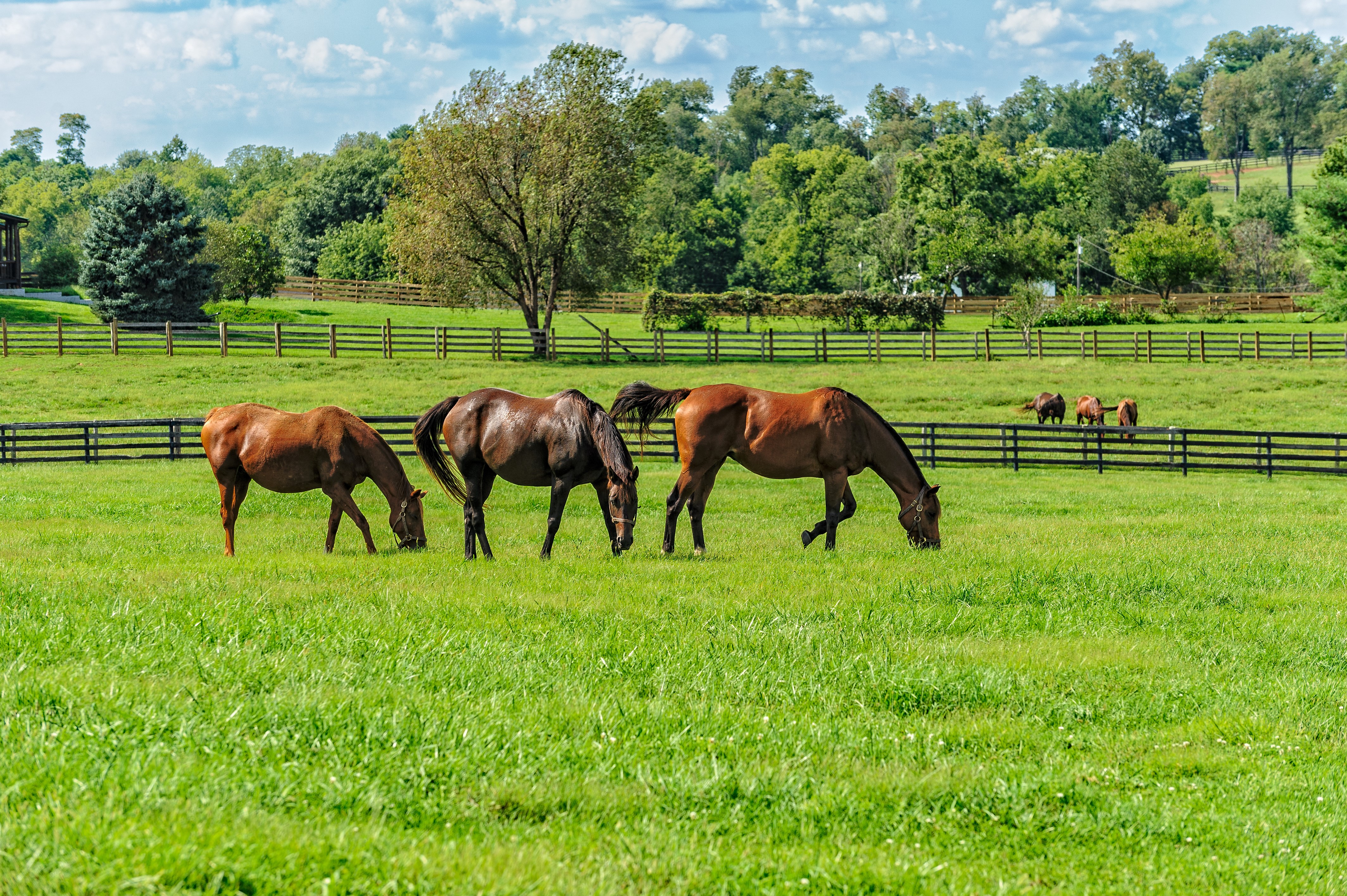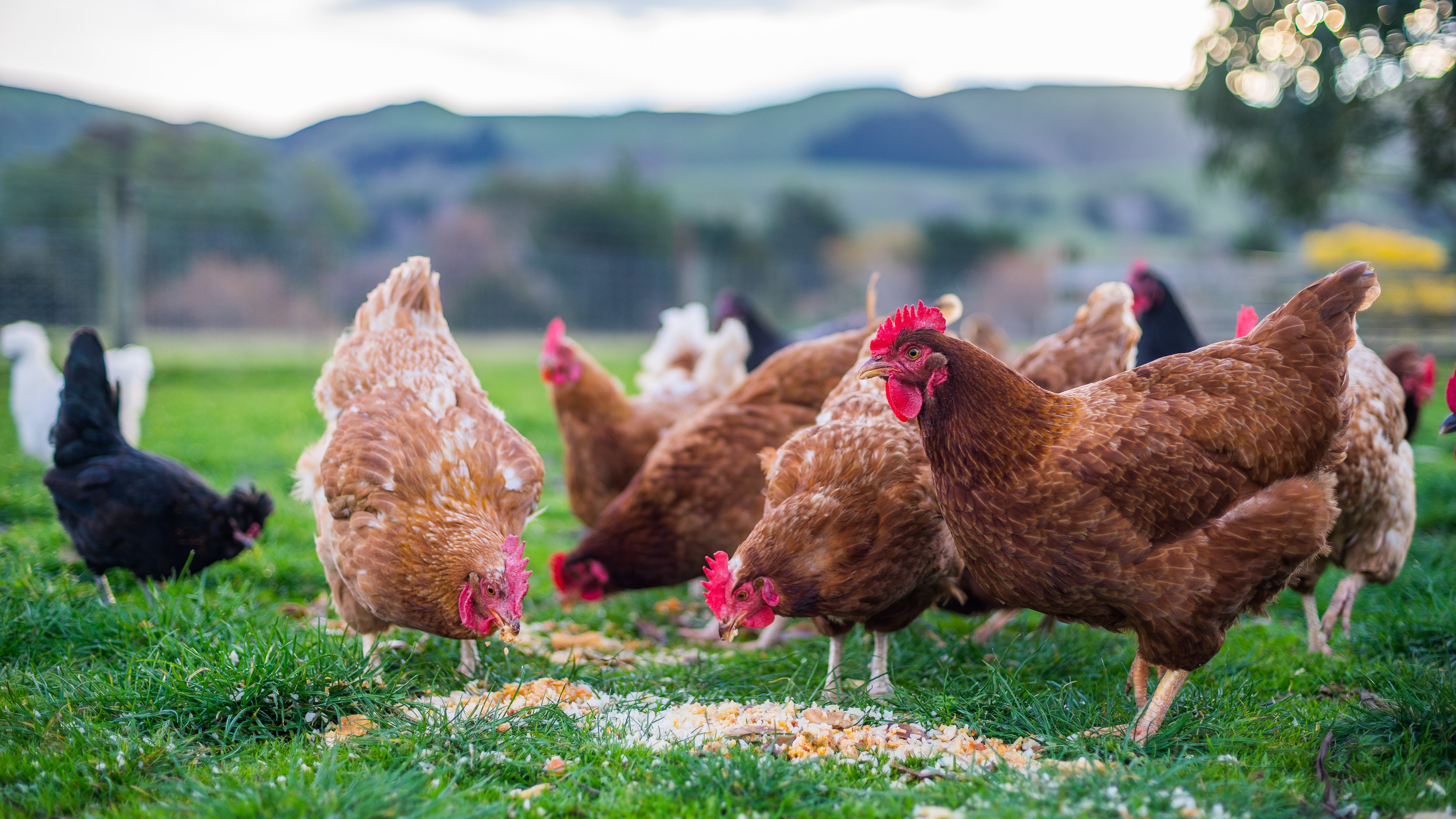Sycamore Poisoning in Horses
Disease Name: Sycamore Poisoning (Atypical myoglobinuria)
Introduction:
Traditionally, horse owners have been aware of the dangers of poisonous plants such as ragwort and yew trees. The sycamore tree has not always been regarded as a threat. However a wet summer followed by a mild autumn in 2014 changed this perception. The sycamore seed toxin was linked to over 200 hundred horse deaths that year. There is a fatality rate of over 75% with sycamore poisoning, so horse owners should check their pastures regularly at this time of the year and take appropriate action. The sycamore seeds (helicopters) may contain a toxin (hypoglycin) to which there is no antidote. The level of toxin in the seeds is very variable and it seems to be dependent on weather conditions.
Also at this time of the year, the seeds are falling from the trees and being carried with the wind for considerable distances, and mixing with the pasture that the horses are grazing. Rivers and streams may also carry the seeds to fields a considerable distance from the sycamore trees. Some of the horses affected had been grazing in fields that previously never caused any problems.
As it is practically impossible to remove these seeds from the sward, the only option is to remove horses from these fields, or to fence off a large area around any sycamore trees. Young horses are particularly susceptible. Ruminants such as cattle and sheep seem much more tolerant to this toxin.
Causes of Sycamore poisoning:
- Ingestion of the toxin in the sycamore seed
Clinical Signs:
- Onset of symptoms can be extremely rapid, with some horses found dead in their fields.
- May be reluctant to stand
- May be sweating
- May have a raised heart rate and labored breathing, which initially may be mistaken for colic
- Weakness,
- Shivering
- Reddish urine. If in doubt, contact your vet immediately who can confirm the condition with a blood test.
Diagnosis of Sycamore poisoning:
- Clinical signs
- Time of year
- Confirmatory blood test
Treatment/Control of Sycamore poisoning:
- Consult your private veterinary practitioner
- The earlier the condition is diagnosed, the better the chance of survival.
- Fence off areas where sycamore seeds and/or leaves have fallen
- Regularly inspect fields to ensure seeds have not blown in from nearby sycamore trees.
- Supply extra forage (hay or haylage), especially where pasture is poor
- Reduce stocking density so there is enough good grazing for every horse
- Turn out horses for short periods (ideally less than six hours).
- Pick up and remove sycamore seeds, if possible.






